Not all indulgences are fleeting. In a world where fast fashion and trend cycles move at breakneck speed, certain luxury pieces are quietly appreciating while everyone else is trying to keep up. We’re talking about the rare, the meticulously crafted, the culturally iconic—items that don’t just hold their value, they flex with time. Whether you’re an investor with taste or just really good at justifying that splurge, this list is your blueprint. These aren’t just status symbols—they’re strategic moves with long-term dividends.
1. Hermès Birkin Bags

The Hermès Birkin isn’t just a handbag; it’s a cultural artifact with the ROI to prove it. With limited production, waitlists that feel like modern-day legend, and craftsmanship that borders on obsession, Birkins have outperformed gold in the last decade. Rare colorways and exotic skins fetch prices triple their original value at auction. Owning one isn’t about flex—it’s about foresight.
According to SACLÀB, the Birkin’s scarcity and iconic status make it one of the most valuable luxury investments, often appreciating significantly over time. Collectors know that condition and provenance can make or break a Birkin’s value. A pristine bag with original packaging? That’s a ticket to five-figure resale. Even used Birkins often hover close to retail or higher, depending on demand. It’s the kind of luxury piece that appreciates while it accessorizes.
2. Rolex Watches
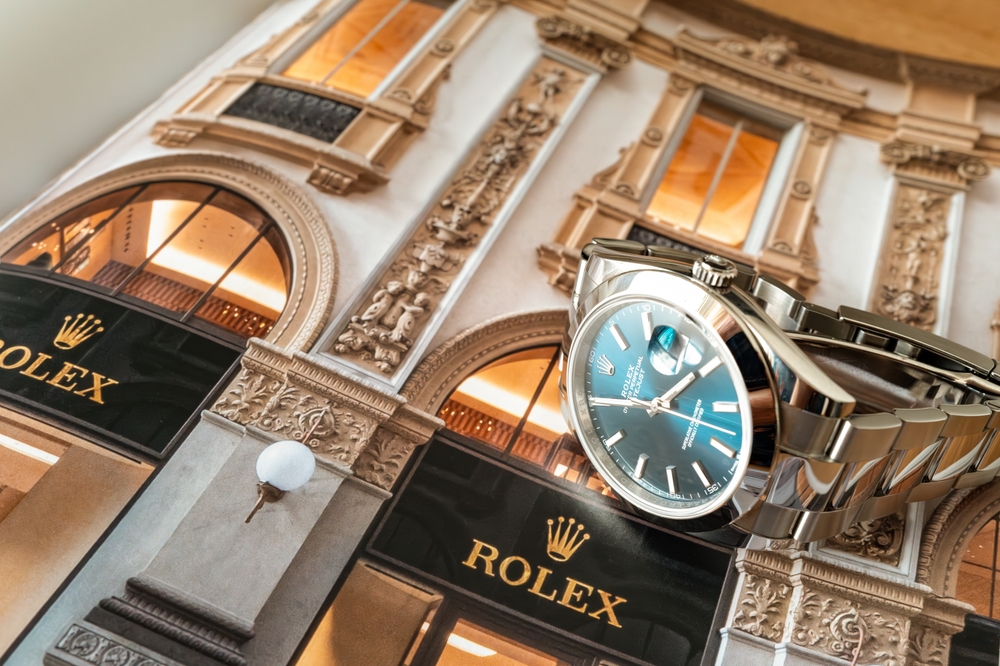
Rolex isn’t just a symbol of arrival—it’s a precision machine with the potential to make you money. Certain models, like the Daytona or Submariner, become near-mythic due to limited supply and high demand. A stainless steel Daytona bought at retail can double in value on the secondary market. It’s horology, but with hustle.
According to Chrono24, factors like model, year, reference number, and patina heavily influence resale value. Collectors look at year, reference number, and even patina when evaluating a Rolex. And unlike most tech, this is one “device” that won’t become obsolete. Even vintage models from the ’70s and ’80s are climbing in price. If you’re going to tell time, why not do it in a way that pays dividends?
3. Chanel Classic Flap Bags
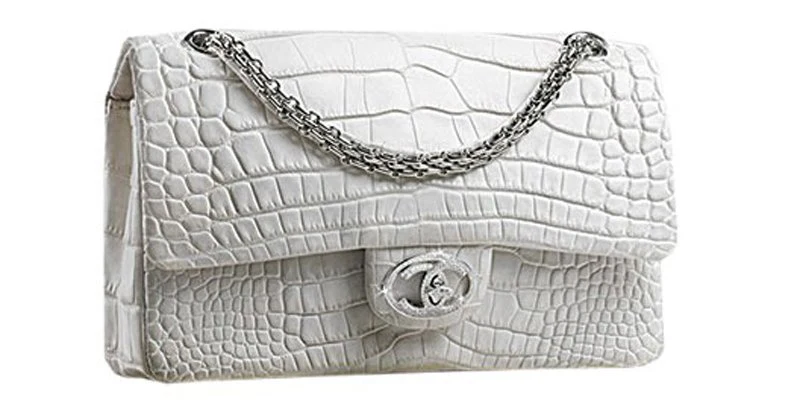
The Chanel Classic Flap has seen more price hikes than your favorite espresso. It’s one of the only bags that reliably increases in retail cost each year—sometimes more than once annually. That means even a gently used one from a few years ago can resell for close to or more than retail. It’s less a trend and more a luxury time capsule.
According to Sotheby’s, Chanel’s iconic Classic Flap bags saw a 6-8% price increase in 2024, with the Medium Flap now retailing at $10,800. Rising production costs and strong global demand have fueled these hikes, reinforcing the bag’s status as a coveted investment piece. The craftsmanship—quilted lambskin, 24k gold-plated hardware, and the signature double-C closure—combined with Chanel’s controlled scarcity, make it a timeless style that continues to appreciate in value. Keep the authenticity card and dust bag to maximize resale potential.
4. Fine Art From Emerging Artists

Here’s where intuition meets investment: buying work from artists before they blow up. It’s a gamble, sure, but the upside is exponential. Think Basquiat in the ’80s, Amoako Boafo in the 2010s, or any artist with a strong, evolving voice and a growing collector base. The art world loves a sleeper hit.
According to Artelier, investing in emerging artists involves looking for original work with a solid paper trail—exhibition history, gallery representation, and critical attention are key. Beyond auction favorites, tapping into gallery insiders or art fairs can uncover promising talent. Buy what you love—but also what might appreciate significantly over time.
5. Vintage Cartier Jewelry
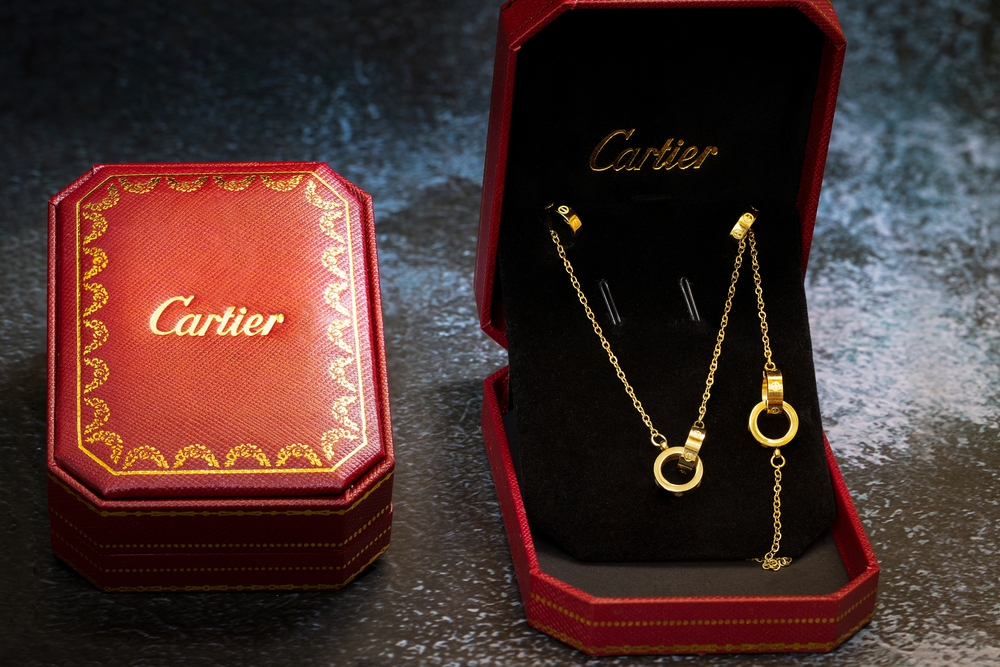
Cartier doesn’t age—it evolves. Vintage pieces, especially from the Love or Panthère collections, are now among the most sought-after in resale markets. They’re not just beautiful—they’re part of a century-old narrative of elite design. And with gold and precious stones as their base, they’ve got intrinsic value too.
According to myGemma, Cartier jewelry generally holds its value well, and in some cases, its value even increases over time. Original packaging and signed certificates can further enhance the resale price. The vintage angle adds exclusivity—no one else at the party will have your exact ring. And let’s be honest, there’s something deliciously smug about owning a piece that predates you and still slaps. That’s the power of Cartier.
6. Classic Cars

Think less about your daily commute and more about that gleaming ’67 Mustang or Porsche 911 Turbo. Classic cars aren’t just toys for the rich—they’re rolling investments. The market is particularly hot for limited-run models with provenance and pristine restoration. It’s nostalgia meets net worth.
Car collectors treat their garages like museums, and for good reason. Well-maintained classics can appreciate rapidly, especially as EVs take over the roads. Bonus points for rare colors or original interiors. If you’ve got the space (and the funds), a classic car can be a legacy flex.
7. Limited Edition Sneakers
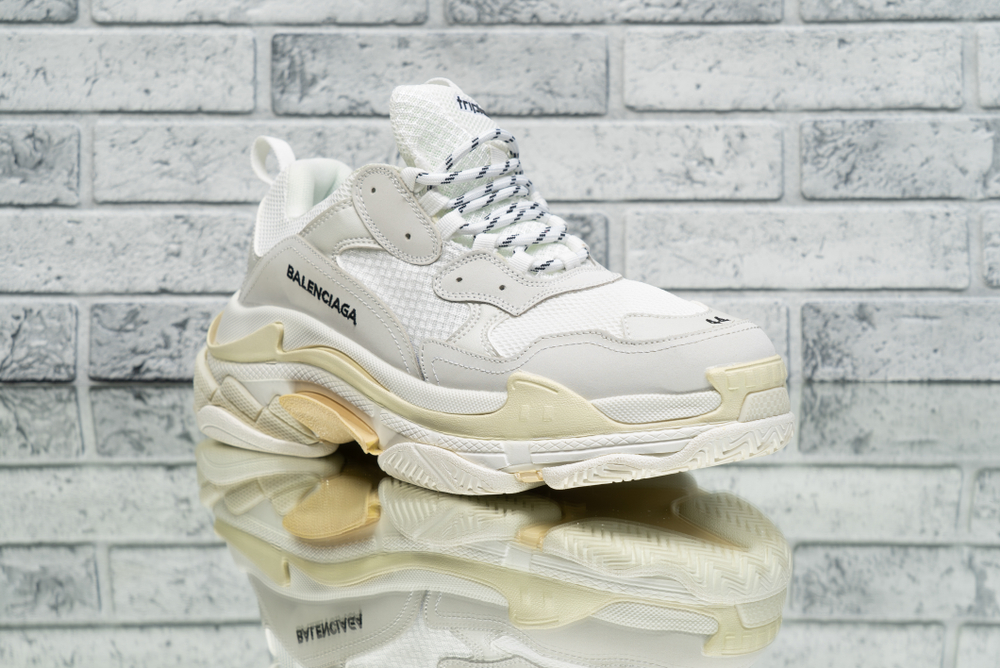
What started as subculture is now serious commerce. The sneaker resale market has crossed the billion-dollar line, with limited drops from Nike, Adidas, and collabs like Travis Scott or Off-White driving insane markups. A $200 pair can flip for $1,500+ if timed right. It’s hype with a payout.
Condition is everything—deadstock (unworn, in box) fetches the highest prices. Authenticity platforms have made buying and selling smoother than ever. And while trends shift, certain silhouettes like Jordan 1s or Yeezys remain culturally potent. For some, it’s fashion. For others, it’s a portfolio.
8. First Edition Books

Bookworms, rejoice—your shelves could be sitting on gold. First editions of culturally seismic books, from *Harry Potter and the Philosopher’s Stone* to *The Great Gatsby*, regularly fetch five to six figures. Rarity, condition, and dust jackets matter, as does author signature. It’s literature with an investment twist.
Serious collectors love provenance—who owned it, where it was bought. Auction houses and rare bookstores are ground zero for spotting value. And while digital dominates, the analog charm of a crisp first edition is forever. It’s quiet luxury at its finest.
9. Designer Furniture
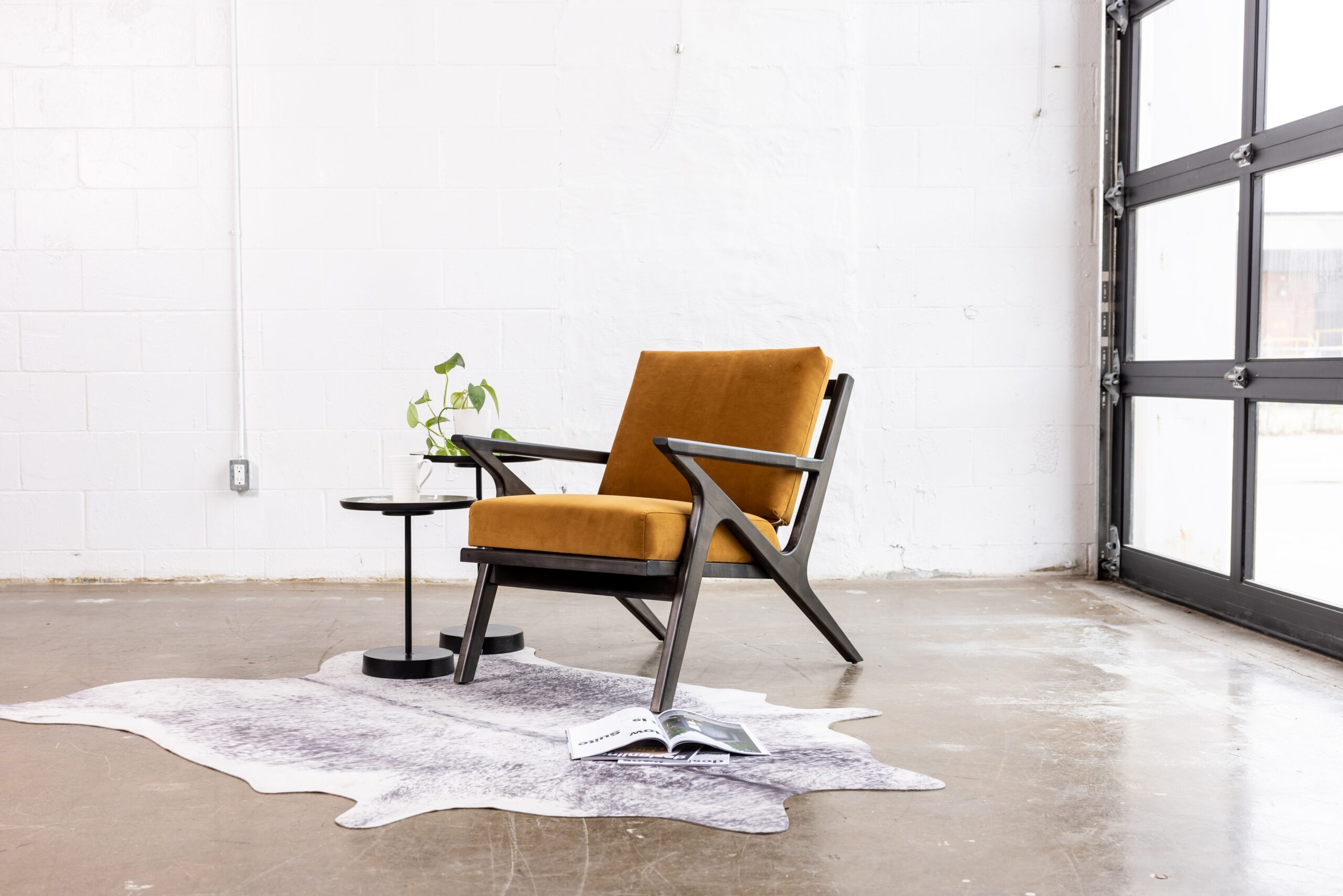
Not all chairs are created equal. Mid-century icons like Eames loungers or Arne Jacobsen egg chairs are as covetable now as they were 60 years ago. Prices have steadily increased as design lovers seek functional art for their homes. It’s interior design with an equity boost.
Original production pieces (not reissues) are where the real money’s at. Look for maker’s marks, limited runs, and auction sales. Condition, of course, is queen. If it looks like a sculpture but feels like a sofa—you’re onto something.
10. High-End Whiskey

The whiskey world has seen a renaissance, and collectors are catching on. Limited-edition Japanese whiskies, rare Scotch bottlings, and discontinued releases can multiply in value in just a few years. A Yamazaki 12 bought in 2010? Worth triple today. Liquid gold isn’t just a phrase—it’s a market category.
Sealed bottles in pristine boxes are what investors crave. Provenance and rarity are everything—distillery exclusives or special cask editions are top-tier. And unlike wine, whiskey doesn’t spoil. You could drink it, sure—but why sip your savings?
11. Luxury Scarves And Shawls

It might seem small, but a Hermès silk scarf or a vintage Dior shawl is basically wearable art. These pieces are often limited-run and exquisitely illustrated, making them collectible over time. Condition and care are crucial, as are original tags and boxes. Folded right, they’re equal parts fashion and financial finesse.
Collectors often seek specific seasons or artists who collaborated on the designs. Older pieces with cult status can sell for triple the original price. They’re small but mighty investments. Plus, they store way easier than furniture or cars.
12. Designer Trunks And Travel Luggage
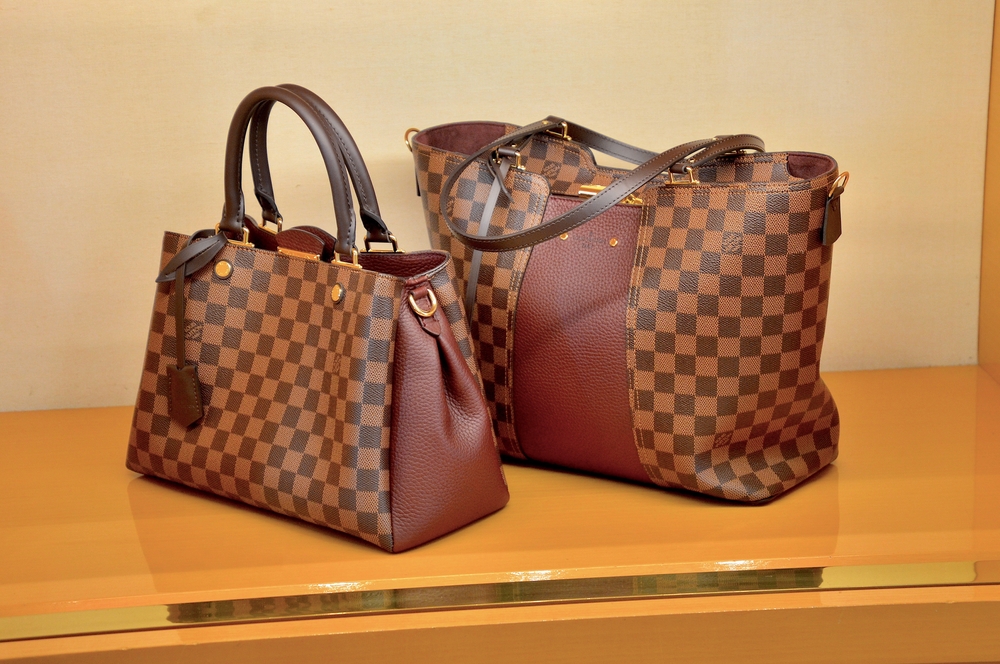
Trunks from Louis Vuitton or Goyard are more than bougie baggage—they’re collector’s items. Especially vintage ones, which are often bought not for travel, but display. With their storied history and meticulous build, they’re the kind of luxury that turns into legacy. No TSA sticker required.
Older trunks with monograms or custom detailing can skyrocket in value. Restoration shops can even enhance resale potential. These aren’t the kind of pieces you check at the gate. They’re the kind you pass down like a family crest.
13. Gold Jewelry
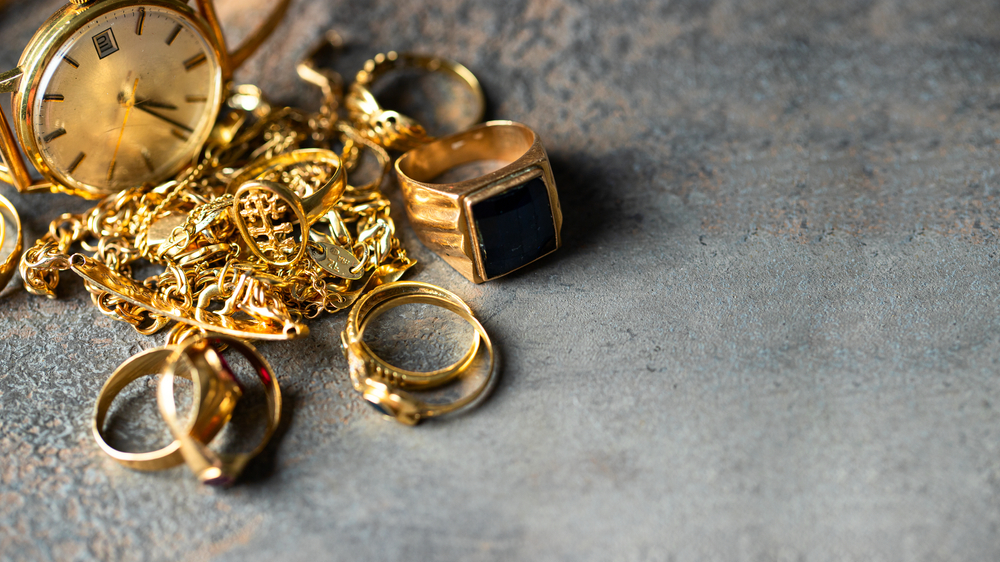
Simple, solid gold never goes out of style—or value. As a precious metal, gold’s price rises over time, and jewelry adds wearable utility. Think classic bangles, chunky chains, or heirloom rings. Bonus if they’re signed by iconic designers.
Buy pieces with weight and purity in mind—14k and up. Even melting them down gives you back something tangible. And with trends moving toward bold, maximalist styles again, gold’s staying power is real. It’s old money energy, literally.
14. Limited Edition Designer Collaborations

Think Gucci x North Face, Louis Vuitton x Supreme, or Fendi x Skims. These drops blur the line between fashion and art—and often resell for multiples of their retail price. The key is scarcity and cultural moment. When supply is low and hype is high, value shoots up.
Collectors track these collabs obsessively. Original tags, full sets, and early releases matter. And while trends fade, iconic pairings stay iconic. It’s not just merch—it’s merch with muscle.
15. Rare Vinyl Records
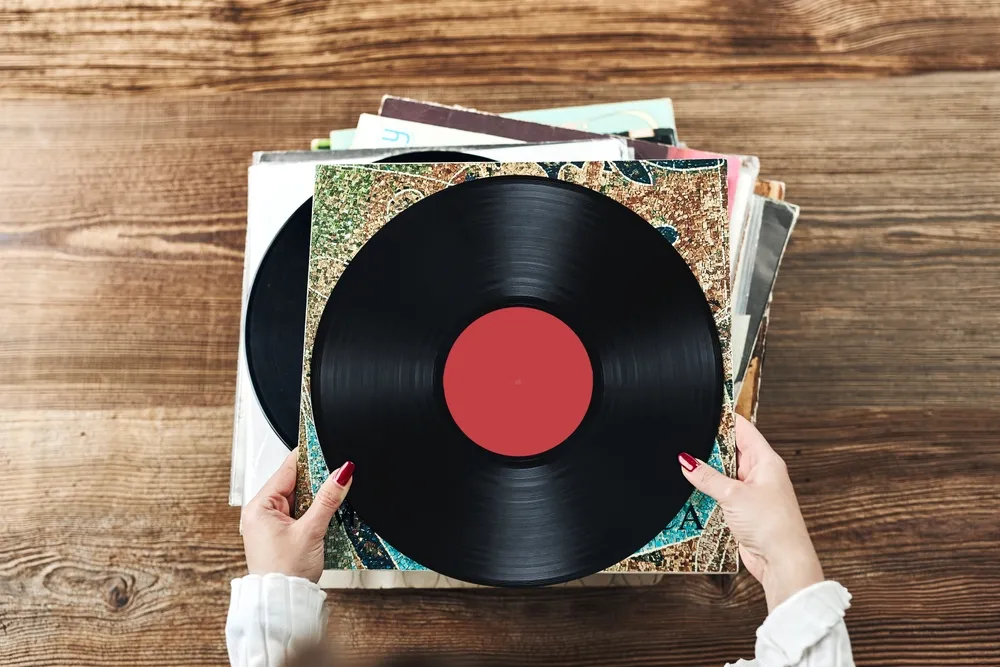
For audiophiles and music historians, vinyl isn’t dead—it’s gold. First pressings of classic albums or limited-run EPs from influential artists can fetch thousands. Think The Beatles’ “White Album” or Wu-Tang’s *Once Upon a Time in Shaolin*. Music that’s both sonic and financial.
Condition (mint, unplayed) and packaging (original sleeves, inserts) matter deeply. Autographed or promo copies are especially prized. And with vinyl culture resurging, values only rise. It’s the most stylish way to build wealth—one record at a time.
This article is for informational purposes only and should not be construed as financial advice. Consult a financial professional before making investment or other financial decisions. The author and publisher make no warranties of any kind.








